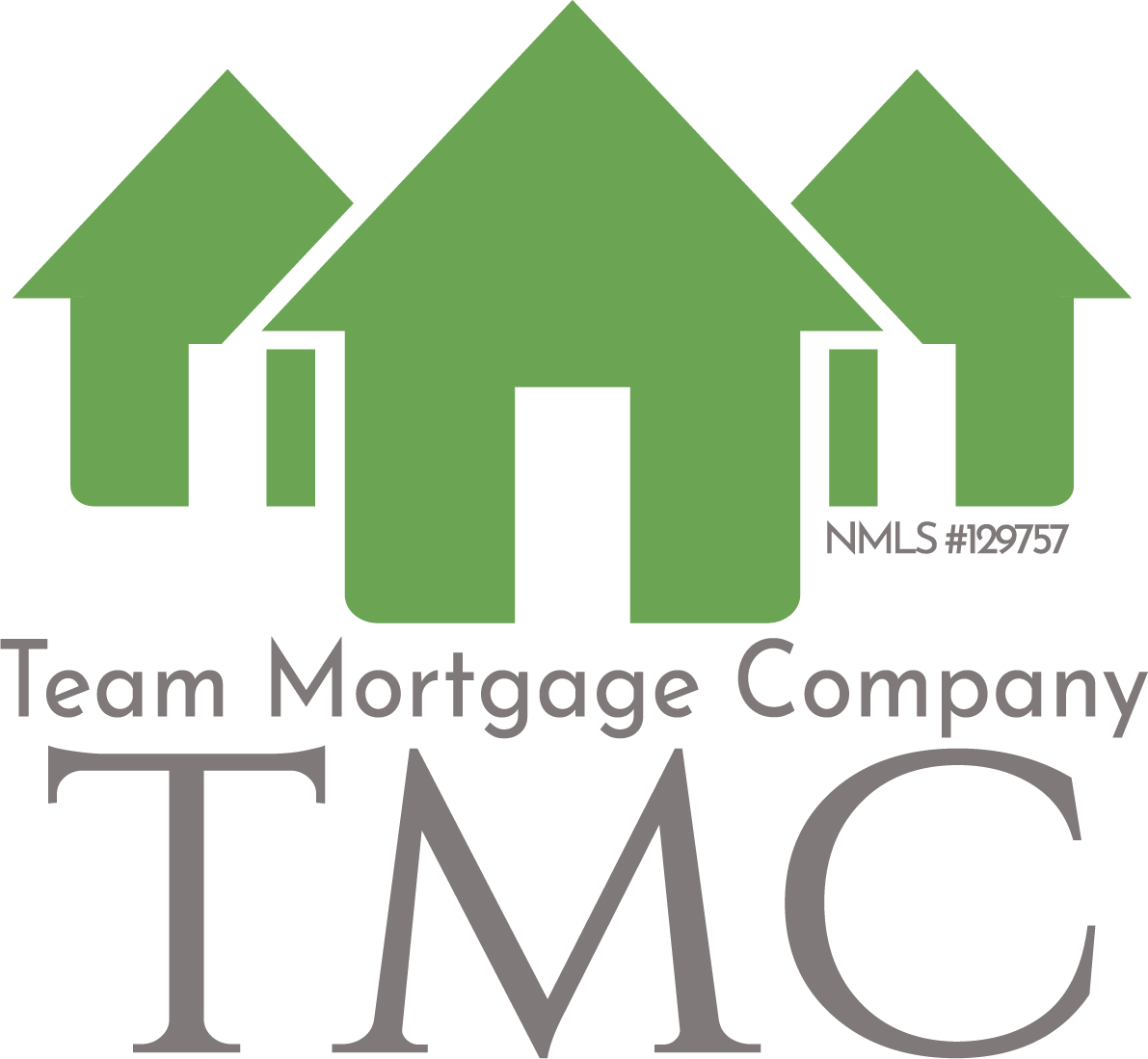Click on any questions below to learn more:
- Should I refinance?
- What is a FICO score?
- How can I increase my credit score?
- What if there is an error on my credit report?
- Why do interest rates change?
- What is the difference between being pre-qualified and pre-approved?
- Can my loan be sold?
- What is a rate lock?
- What’s the difference between a conventional loan and an FHA loan?
- What documents will I need to have to secure a loan?
- How will my monthly payments be calculated?
- Should I pay points?
- What is an Annual Percentage Rate (APR)?
Should I refinance?
Find out if you can save money by refinancing your existing loan at current interest rate levels.
While a lower interest rate means lower monthly payments and less total interest, a refinance also means paying closing costs and, in some cases, points. One wants to refinance If the monthly savings exceeds these closing costs. To determine how many months it will take to break even with closing costs, enter your loan details into my Refinance Calculator.
What is a FICO score?
A FICO score is a credit score developed by Fair Isaac & Co.. A method of determining the likelihood that credit users will pay their bills, lenders widely accept credit scoring as a reliable means of credit evaluation.
Credit scores analyze a borrower’s credit history considering factors such as:
- Late payments
- The amount of time credit has been established
- The amount of credit used versus the amount of credit available
- Length of time at present residence
- Negative credit information such as bankruptcies, charge-offs, collections, etc.
To obtain a copy of your credit report, contact any of these credit-reporting agencies:
- Experian: experian.com
- Trans Union LLC: transunion.com
- Equifax: equifax.com
How can I increase my credit score?
While difficult to increase your score over the short run, your score can increase over a period of time with these simple steps:
- Pay your bills on time.Late payments and collections can have a serious impact on your score.
- Do not apply for credit frequently.Having a large number of inquiries on your report can hurt your score.
- Reduce your credit-card balances.If you are “maxed” out on your credit cards, this will hurt your credit.
- If you have limited credit, obtain additional credit.Not having sufficient credit can hurt your score.
What if there is an error on my credit report?
To correct any errors on your credit report, you must write to the credit card company and explain the error.
If the creditor concurs that an error has occurred, the credit card company must report and correct the error to the credit-reporting agency.
Why do interest rates change?
Interest rate movements are based on the simple concept of supply and demand.
If the demand for credit (loans) increases, so do interest rates. More buyers than sellers allow sellers command a better price, i.e. higher rates.
If the demand for credit reduces, then so do interest rates. More sellers than buyers allow buyers to command a lower better price, i.e. lower rates.
When the economy expands the demand for credit increases, causing rates to move higher; whereas when the economy slows the demand for credit decreases and so do interest rates.
When the economy grows too quickly, the Federal Reserve increases interest rates to slow the economy down and reduce inflation. Inflation results from prices of goods and services increasing.
When there is more demand for goods and services, the producers of those goods and services usually increase prices. A strong economy therefore results in higher real-estate prices, higher rents on apartments and higher mortgage rates.
What’s the difference between pre-qualified and pre-approved?
A loan officer normally determines pre-qualification in an interview. After interviewing you, the loan officer determines the potential loan amount for which you may be approved. The loan officer does not issue loan approval; therefore, pre-qualification is not a commitment to lend.
After the loan officer determines that you pre-qualify, he/she then issues a pre-qualification letter for when you make an offer on a property. The pre-qualification letter informs the seller that your financial situation has been reviewed by a professional, and you will likely be approved for a loan to purchase the home.
A step above pre-qualification, pre-approval involves verifying your credit, down payment, employment history, etc. Your loan application is submitted to a lender’s underwriter, who decides whether or not to pre-approve your loan application.
When pre-approved, you receive a pre-approval certificate. Getting your loan pre-approved allows you to close very quickly when you do find a home. Pre-approval can also help you negotiate a better price with the seller.
Can my loan be sold?
Your loan can be sold at any time. A secondary mortgage market in which lenders frequently buy and sell pools of mortgages results in lower rates for consumers. A lender buying your loan assumes all terms and conditions of the original loan.
As a result, the only thing that changes when a loan is sold is to whom you mail your payment. If sold you will be notified with information on your new lender.
What is a rate lock?
A rate lock is a lender’s promise to “lock” a specified interest rate and a specified number of points for you for a specified period of time while your loan application is processed.
During that time, interest rates may change. Locking in your interest rate and points protect you against increases. Conversely, a locked-in rate could also keep you from taking advantage of price decreases.
There are four components to a rate lock:
- Loan program
- Interest rate
- Points
- Length of the lock period
The longer the length of the lock period, the higher the points of the interest rate. The longer the lock, the greater the risk for the lender offering that lock.
What’s the difference between conventional loans and FHA loans?
Loans where the borrowers’ down payment equates to less than 20% often require mortgage insurance, either provided privately or publicly.
Conventional loans requiring MI are insured by private mortgage insurance. The Federal Housing Administration provides MI called FHA loans.
Both mortgage insurance options have premiums, often paid by the borrower. Each program has advantages and disadvantages depending on your unique situation.
What documents will I need to have to secure a loan?
This checklist outlines the principal documents and information that are generally required to complete the application. Additional documentation may be required, depending on the circumstances of your loan. Having the information available helps you save time and avoid delays.
- Copy of Purchase Sales contract or Offer to Purchase and all addenda (signed by buyer and seller)
- Past 2 years’ tax returns and W-2s
- Past 2 years’ employment history
- Last 3 consecutive paycheck stubs (5 if paid weekly)
- Name, address and phone for past 2 years residences/landlord (if renting, evidence of 12 months payments)
- Last 3 months’ statements for savings, checking, CD, money market accounts, etc.
- Recent statement on retirement accounts (IRA, 401k, 403-B, Annuity, etc.)
- Monthly payments and balances on all open accounts
- Proof of all additional income
- Divorce Decree (if applicable)
- Bankruptcy schedules/Discharge papers (if applicable)
In addition, you may be required to supply the estimated market value of your assets, such as autos, furniture and personal belongings. Be prepared to discuss where the money for closing will come from, including down payment and closing costs
How will my monthly payments be calculated?
How much you will pay each month depends a lot on the term of your loan. Most mortgages are either 30-year or 15-year terms. Longer term loans require less payment each month; whereas shorter terms require larger monthly payments, but pay off the debt more quickly.
Most monthly payments are based on four factors: Principal, Interest, Taxes and Insurance, commonly referred to as PITI.
- Principal:The amount originally borrowed to buy a home. A portion of each monthly payment goes to paying this amount back. In the beginning, only a small fraction of the monthly payment will be applied to the principal balance. The amount applied to principal will then increase until the final years, when most of the payment is applied toward repaying the principal.
- Interest:To take on the risk of lending money, a lender will charge interest. This is known as the interest rate, and it has a very direct impact on monthly payments. The higher the interest rate is, the higher the monthly payment.
- Taxes:While real estate taxes are due once a year, many mortgage payments include 1/12th of the expected tax bill and collect that amount along with the principal and interest payment. This amount is placed in escrow until the time the tax bill is due. Borrowers may be able to opt out of escrowing this amount, which would reduce the monthly payment, but also leave them responsible for paying taxes on their own.
- Insurance:Insurance refers to property insurance, which covers damage to the home or property, and, if applicable, mortgage insurance. Mortgage insurance protects the lender in the event of default and is often required in cases where borrowers have less than 20% equity in the home.
- Insurance Payments: Like real estate taxes, insurance payments are often collected with each mortgage payment and placed in escrow until the time the premium is due. Again, borrowers may be able to opt not to escrow the insurance amount, instead paying the total amount due in one lump sum on their own.
Should I pay points?
Performing a break-even analysis provides the best way to decide whether you should pay points or not.
- Calculate the cost of the points. Example: 2 points on a $100,000 loan is $2,000.
- Calculate the monthly savings on the loan as a result of obtaining a lower interest rate. Example: $50 per month
- Divide the cost of the points by the monthly savings to come up with the number of months to break even. In the above example, this number is 40 months. If you plan to keep the home for longer than the break-even number of months, then it makes sense to pay points, otherwise it does not.
What is an Annual Percentage Rate (APR)?
The Annual Percentage Rate measures the actual cost of the mortgage based on the mortgage interest rate and factoring in other costs, including points paid and underwriting and processing fees
The Federal Truth-in-Lending law requires mortgage companies to disclose the APR when they advertise a rate. Typically the APR is found next to the rate.
| Example | |||
| 30-year fixed | 8% | 1 point | 8.107% APR |
The APR does NOT affect your monthly payments. Your monthly payments are a function of the interest rate and the length of the loan.
For more information about frequently asked questions from the experts at Team Mortgage Company, contact us here or call us at 616.974.9710.












